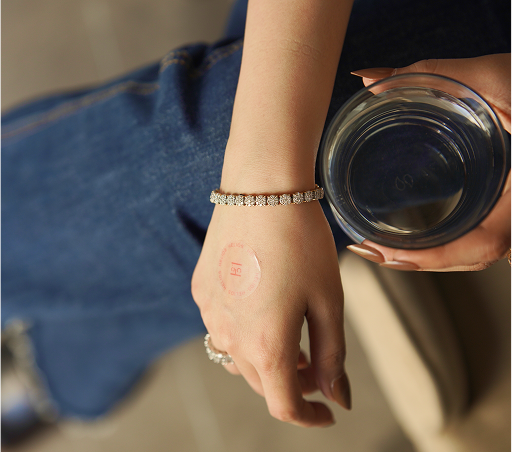
Patch ancient history
Share
The Ancient Origins of Healing Patches: A Journey Through Time
Throughout history, humans have sought innovative ways to heal, rejuvenate, and enhance their well-being. While modern wellness patches may seem like a new innovation, their origins can be traced back thousands of years. From ancient herbal compresses to early transdermal applications, the use of patches for healing has deep roots in human civilization.
1. The Earliest Forms of Healing Patches: Ancient Egypt and China
Egyptian Herbal Poultices (3000 BCE – 500 BCE)
The ancient Egyptians were pioneers in medicine and skincare. They used herbal poultices—a primitive form of patches—by soaking cloth in medicinal plant extracts like aloe vera, myrrh, and honey. These were applied to wounds and infections to accelerate healing. Egyptian medical texts, such as the Ebers Papyrus (circa 1550 BCE), describe remedies where herbs were infused into linen and placed on the skin for absorption.
Traditional Chinese Medicine (200 BCE – Present)
In ancient China, the practice of herbal plaster therapy was widely used. These were sticky herbal mixtures applied directly to the skin to relieve pain, improve blood circulation, and reduce inflammation. Traditional Chinese Medicine (TCM) introduced moxibustion, a technique where medicinal herbs were burned on the skin to stimulate healing. Even today, Chinese pain-relief patches continue to be popular for muscle aches and joint pain.
2. The Ayurvedic Influence: India’s Contribution to Healing Patches
Ayurveda, one of the world's oldest healing systems (dating back over 5,000 years), has long recognized the skin as a powerful medium for medicine delivery. Ancient Ayurvedic texts mention herbal pastes and lepas (medicinal applications) made from turmeric, sandalwood, and neem, which were directly applied to the skin for therapeutic benefits. These applications functioned similarly to modern patches by allowing slow absorption of active ingredients into the bloodstream.
3. Medieval Europe and Herbal Poultices
During the Middle Ages, European healers and monks developed medicinal poultices and plasters, combining beeswax, resins, and plant extracts. These mixtures were spread onto cloth and applied to wounds, drawing out toxins and promoting healing. The famous Swiss physician Paracelsus (1493–1541) advocated the use of transdermal remedies, understanding that certain substances could penetrate the skin and enter the bloodstream.
4. The Evolution of Transdermal Patches in Modern Medicine
While ancient civilizations laid the foundation, the first true transdermal patch was developed in the 1970s. Scientists discovered that drugs could be absorbed through the skin in a controlled manner, leading to the creation of nicotine patches, pain relief patches, and wellness patches like those we use today.
5. The Future of Healing Patches with Helios Cure
At Helios Cure, we are inspired by these ancient healing traditions and modern advancements. Our wellness patches combine nature and science to deliver effective, long-lasting benefits for focus, anxiety relief, better sleep, and overall well-being. Just as ancient civilizations trusted the power of transdermal healing, we bring that wisdom into the modern age—making wellness easier, faster, and more effective than ever.
Final Thoughts
From Egyptian poultices to Ayurvedic pastes and medieval herbal patches, the history of transdermal healing is rich and fascinating. As we continue to innovate, one thing remains constant—the skin’s ability to absorb and heal naturally.
Want to experience the benefits of ancient wisdom with modern science? Try Helios Cure’s wellness patches today and rediscover the power of transdermal healing

